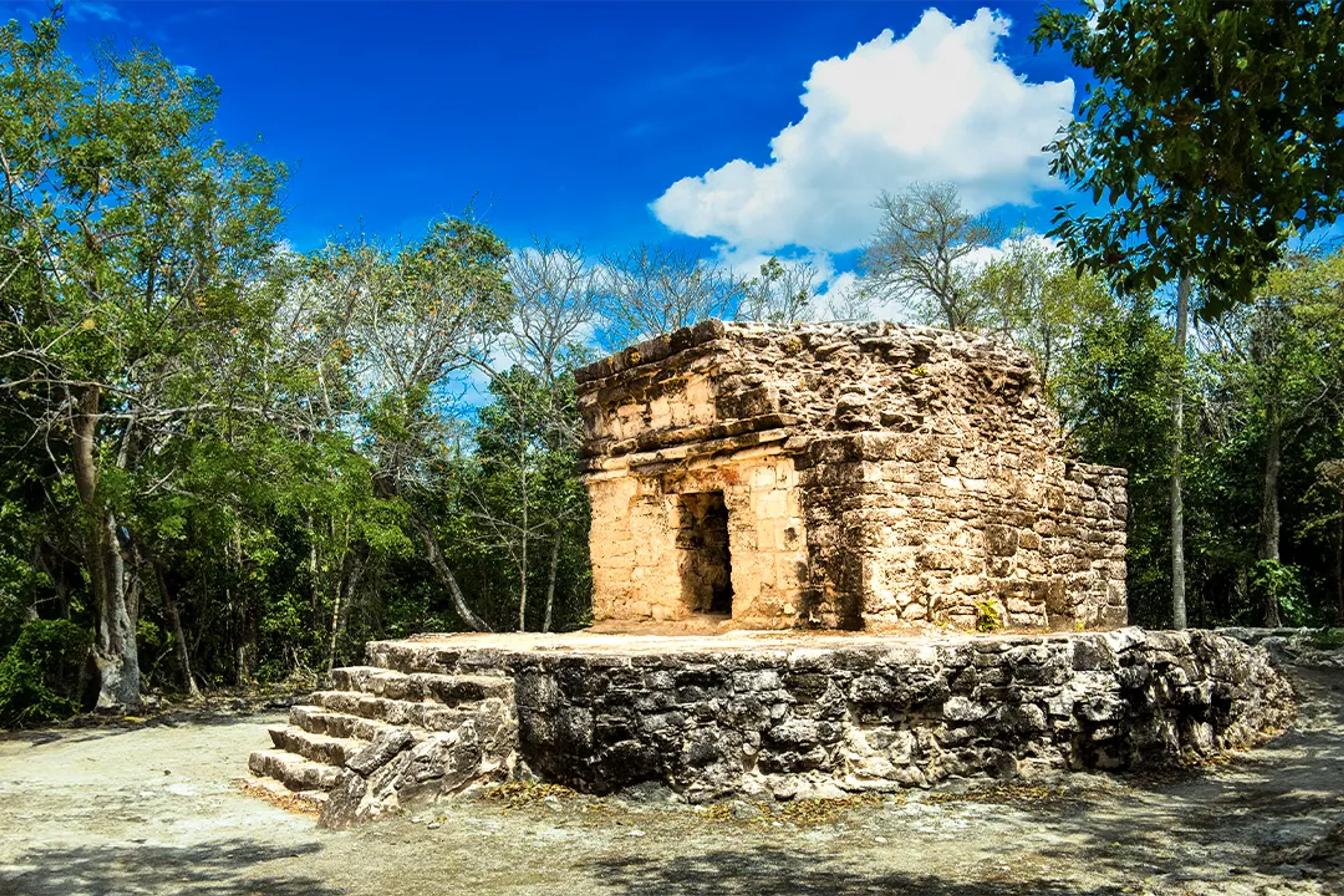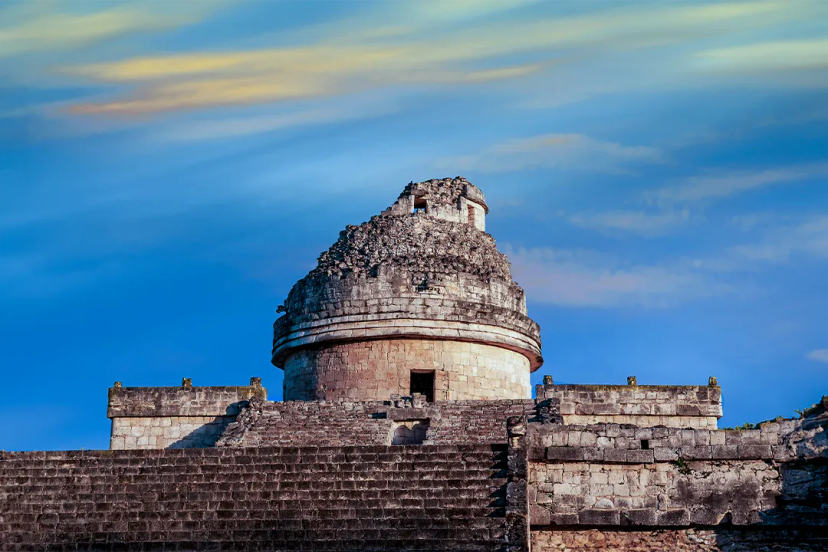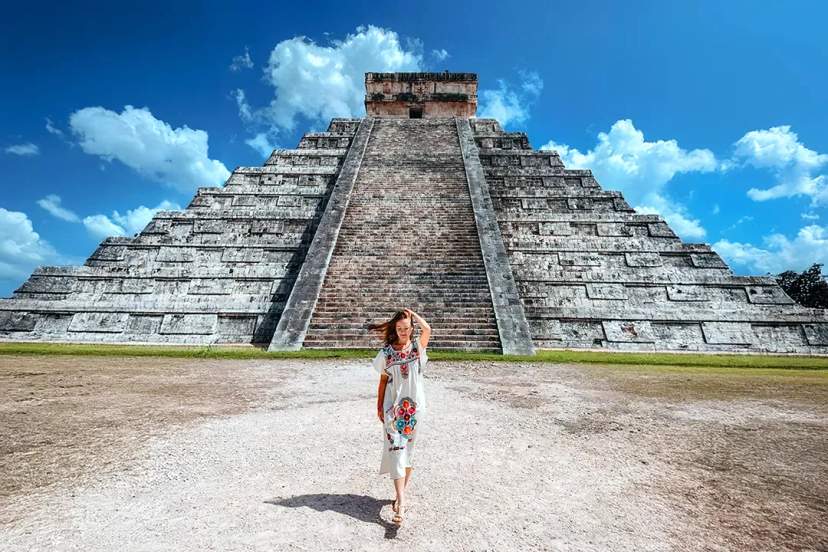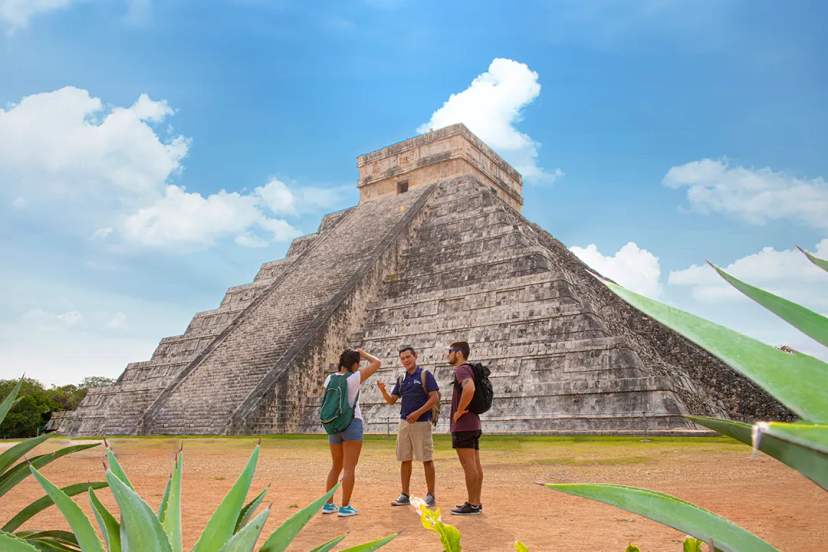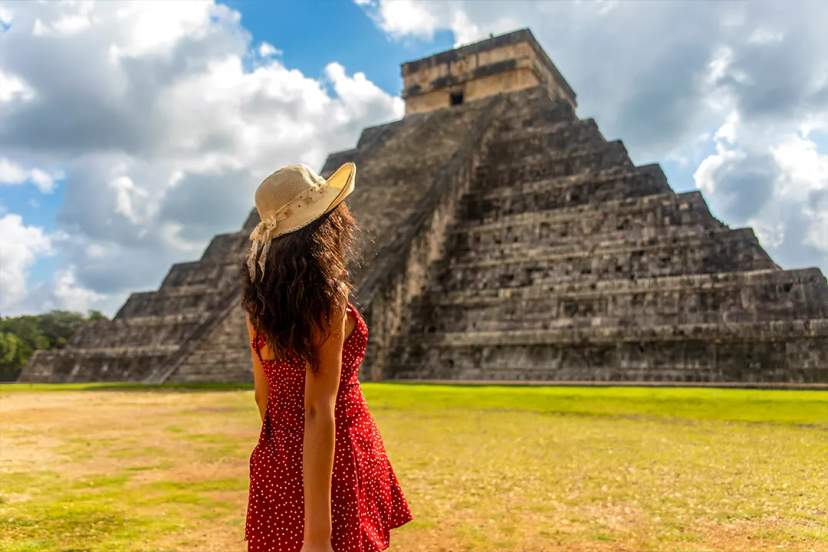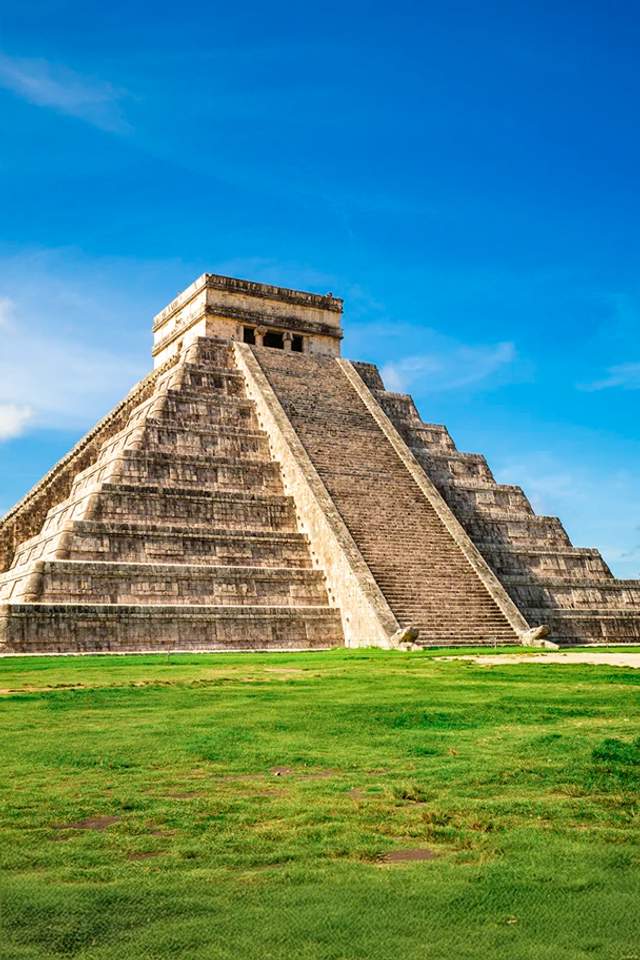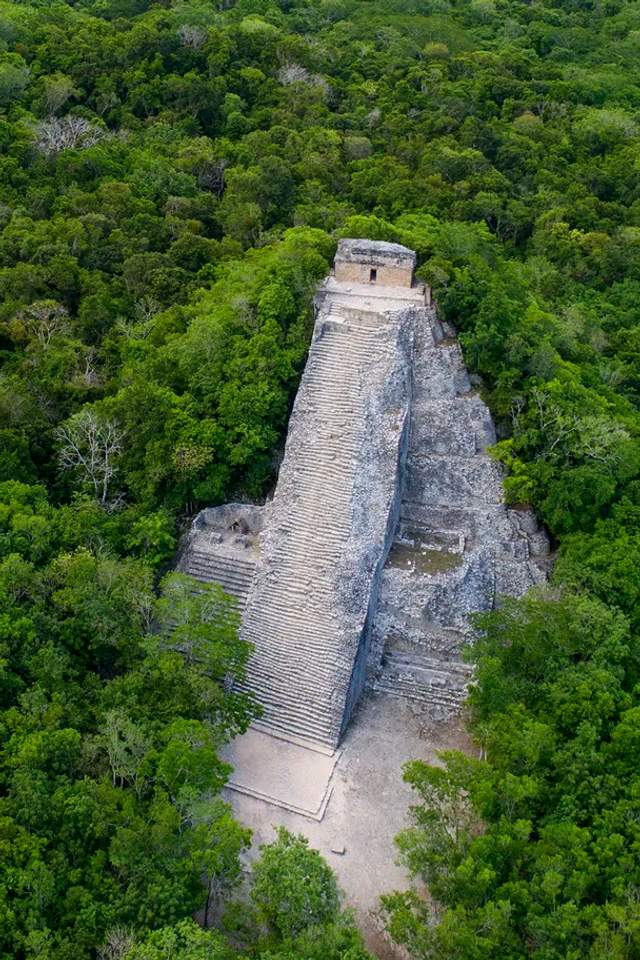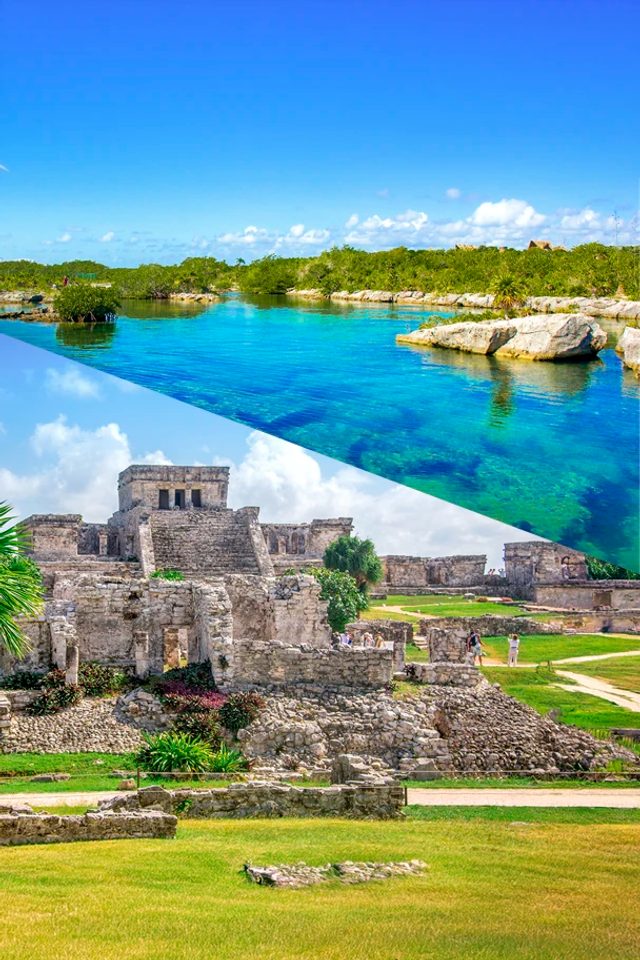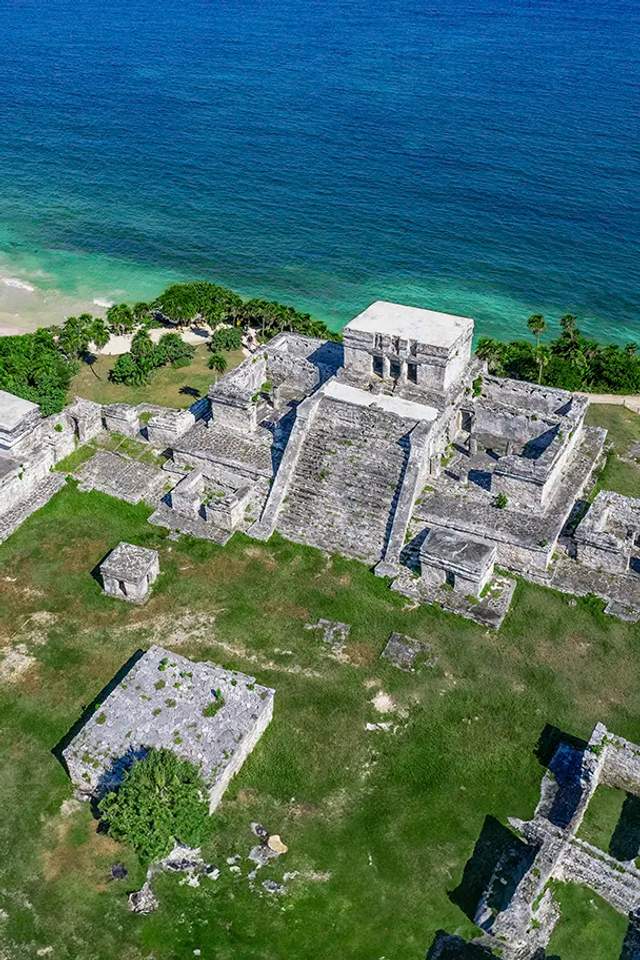Discover the ancient history of Mexico’s largest active archeological site
Located more than a kilometer from the main structures of Chichen Itza, Chichen Viejo (Old Chichen) is an archaeological zone that includes several ancient Mayan structures known as the Initial Series Group. Chichen Viejo is thought to be an extensive compound once home to Mayan elites. The compound is larger than many of the villas of Greek and Roman kings. Archaeologists have dated a stone lintel at the site back to 619 A.D; the oldest hieroglyphics discovered at Chichen Itza. The ruins of the site are primarily of Puuc-style architecture.
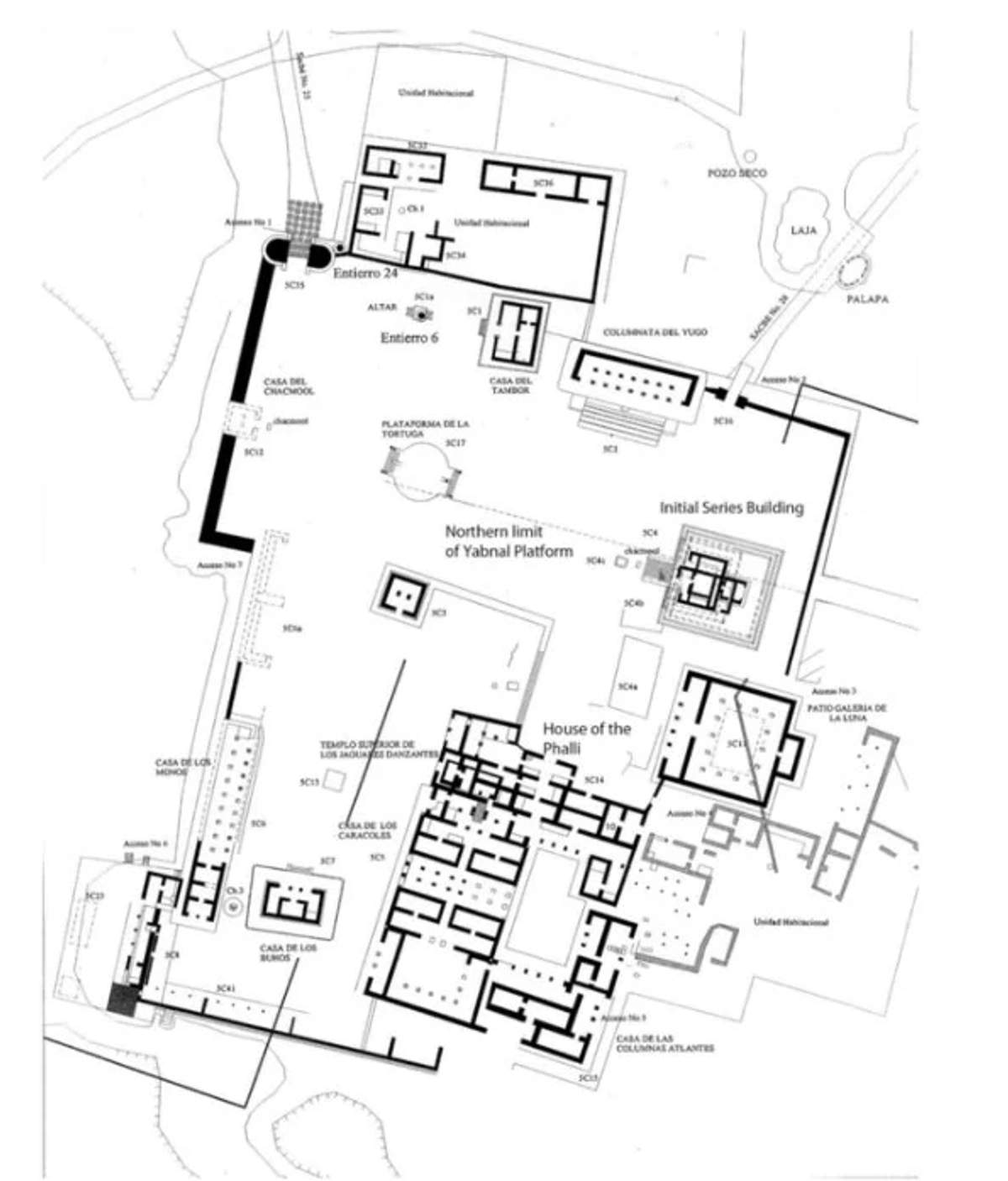
This area is not currently open to the public and is the site of active archaeological excavation and restoration work by the National Institute of Anthropology and History (NIAH)
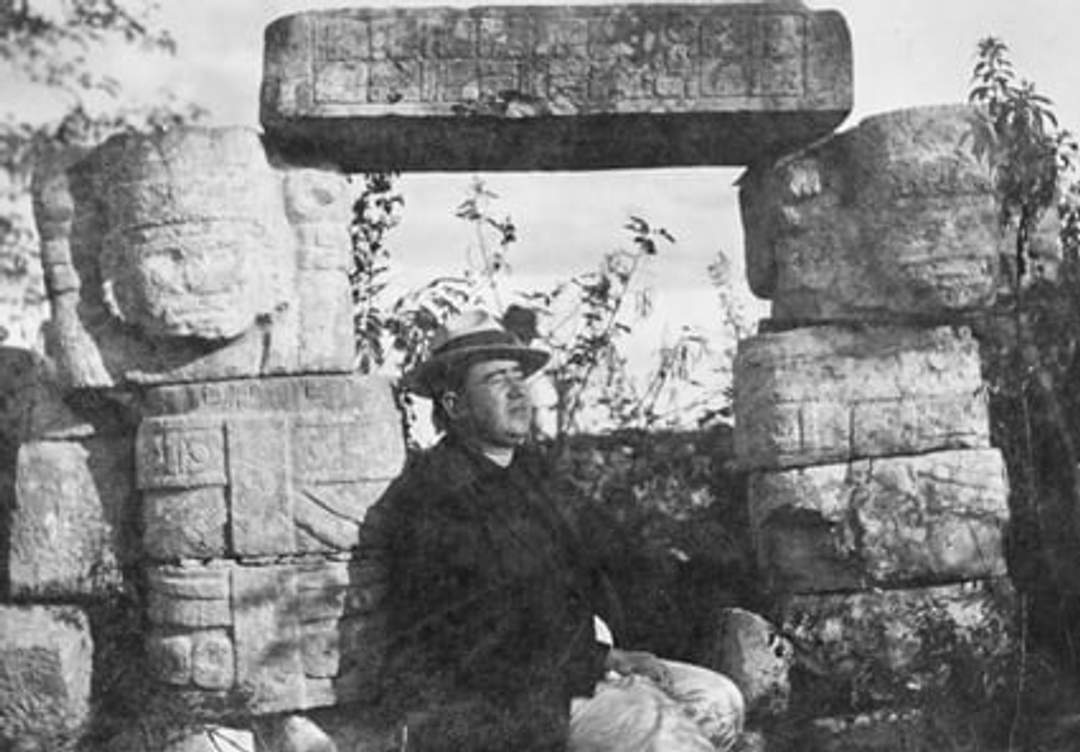
Photo credit: Americanegypt.com
Temple of the Initial Series
The Temple of the Initial Series is the most important structure in the Initial Series Group, this two-chamber temple is set upon a platform base with a staircase on the west side of the structure. The temple contains a Chac Mool sculpture and a lintel with the only long-count date found at Chichen Itza (July 30, 878 A.D.). The temple has motifs of serpents, double Chaac masks and Venus emblems. Archaeologists have identified an earlier structure beneath the temple, which dates to approximately 650 A.D. called the Temple of Stuccos.
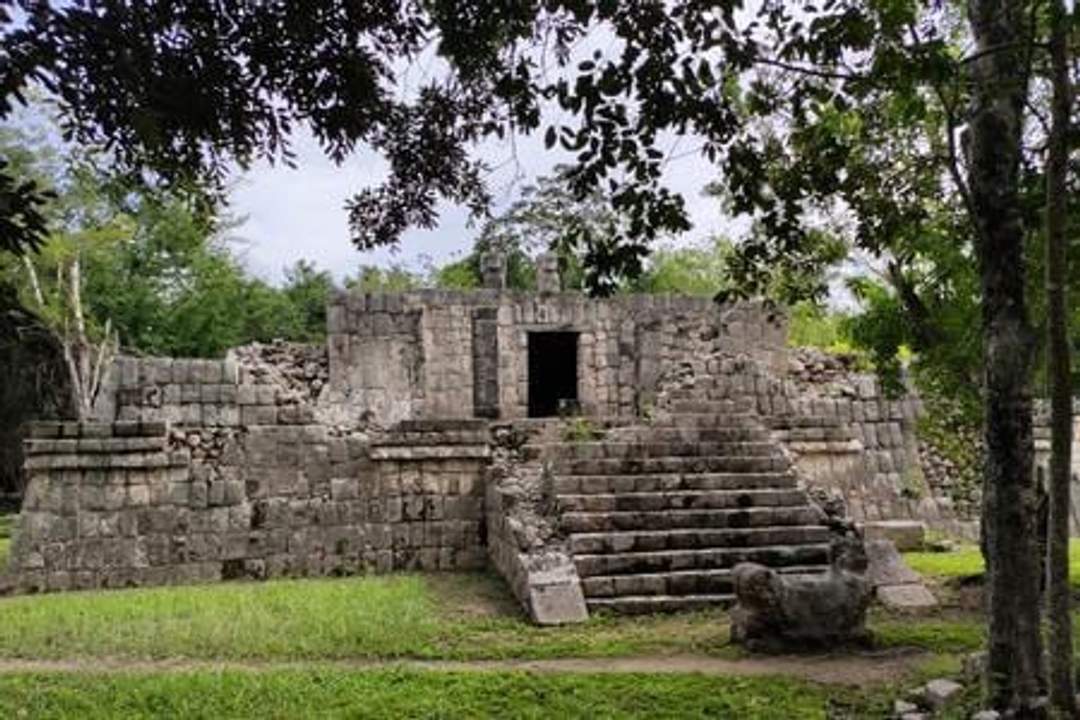
Photo credit: Giovanni Agostino Frassetto
Casa del Yugo
A structure located on the north side of the compound, Casa del Yugo measures 22 x 9 meters and contains columns that once supported a flat roof. The structure is believed to be civic in nature.
Case del Tambor
A multi-chambered building with a west-facing stairway located on the North side of the complex.
Initial Series Group Arch
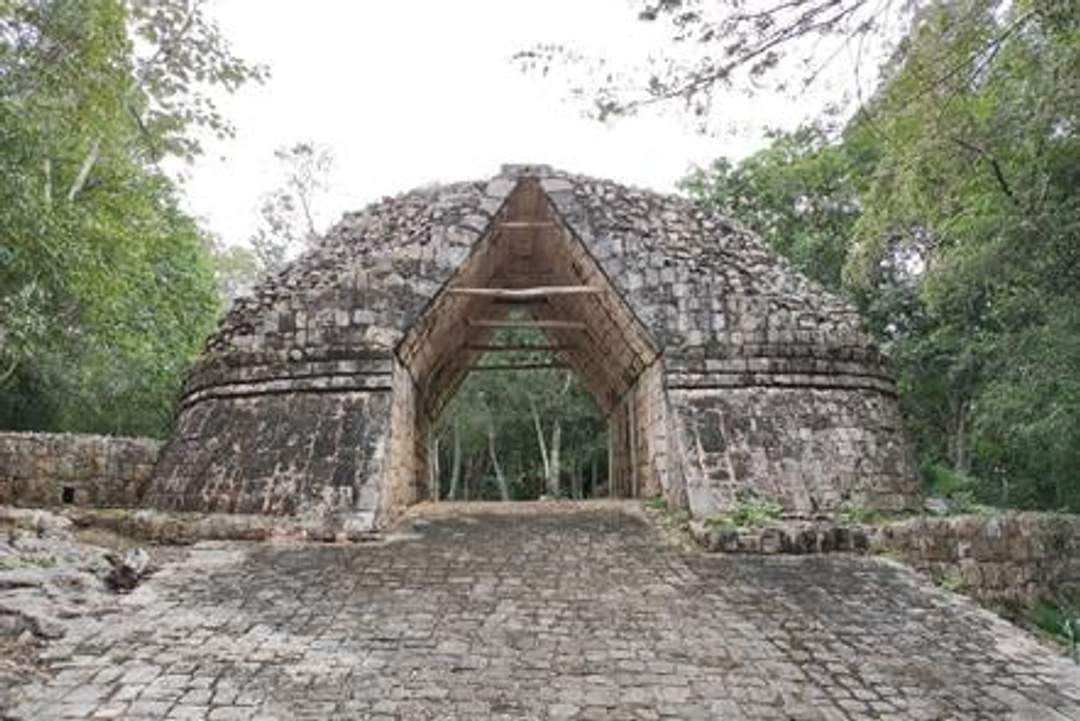
Photo credit: Giovanni Agostino Frassetto
Platform of the Turtle
Located in the center of the northern plaza, this platform is thought to have been used for dancing or other rituals. Burials and offerings of flint knives have been located in the sub-structure.
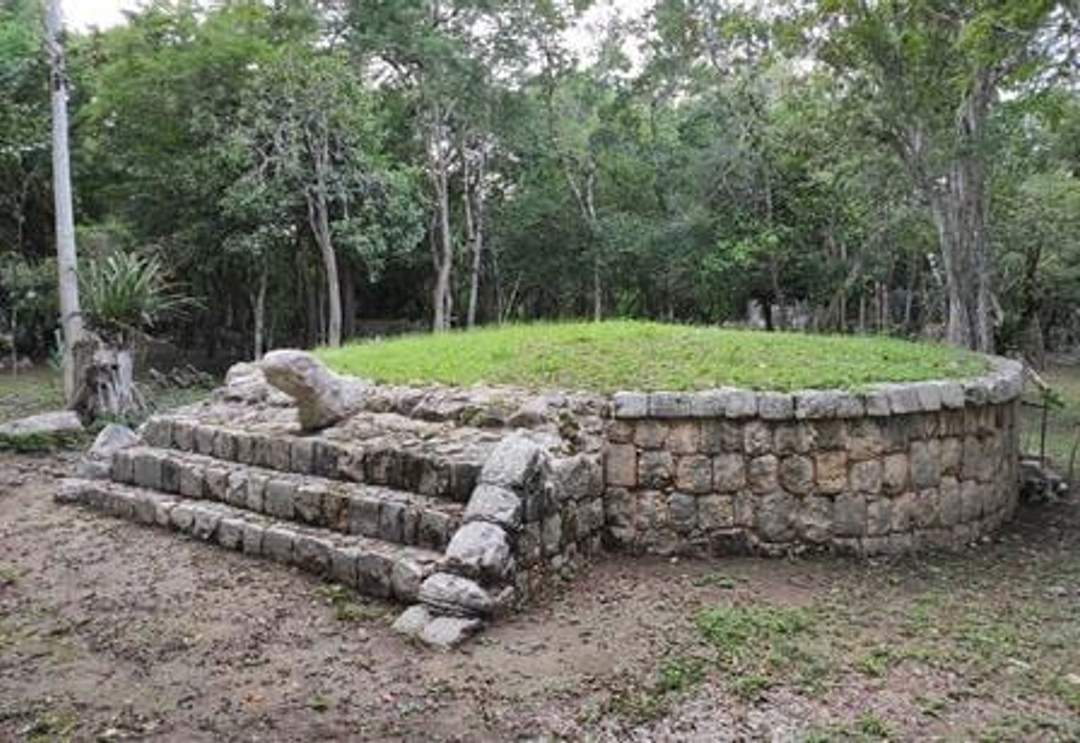
Crédito de la foto: Giovanni Agostino Frassetto
Casa Chac Mool
This structure is so-named because of the Chac Mool monument that was located in front of it. It is a small platform with a single chamber. A high-ranking individual was buried here.
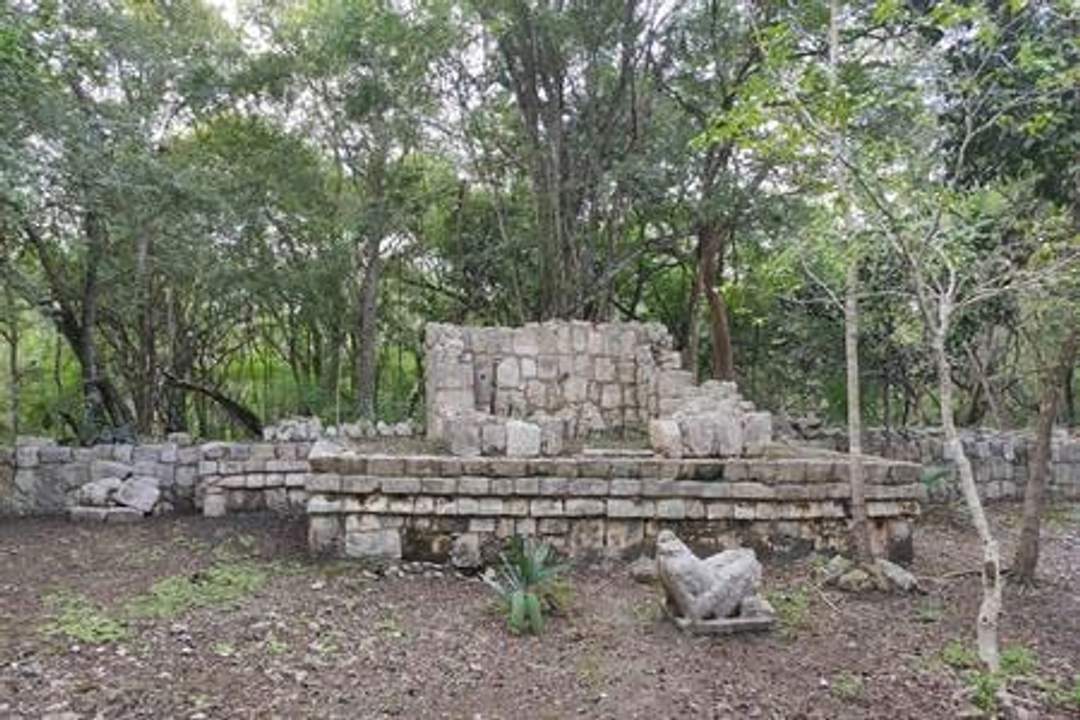
Temple of Owls
A temple with a façade depicting owls interspersed with human figures. The Temple of Owls has been dated to c. 870 A.D. It is a 4.2 meter structure on a platform. The collapsed building was reconstructed between 1999-2002. Inside were painted panels and Chaac masks, as well as a large owl figure that has been restored.
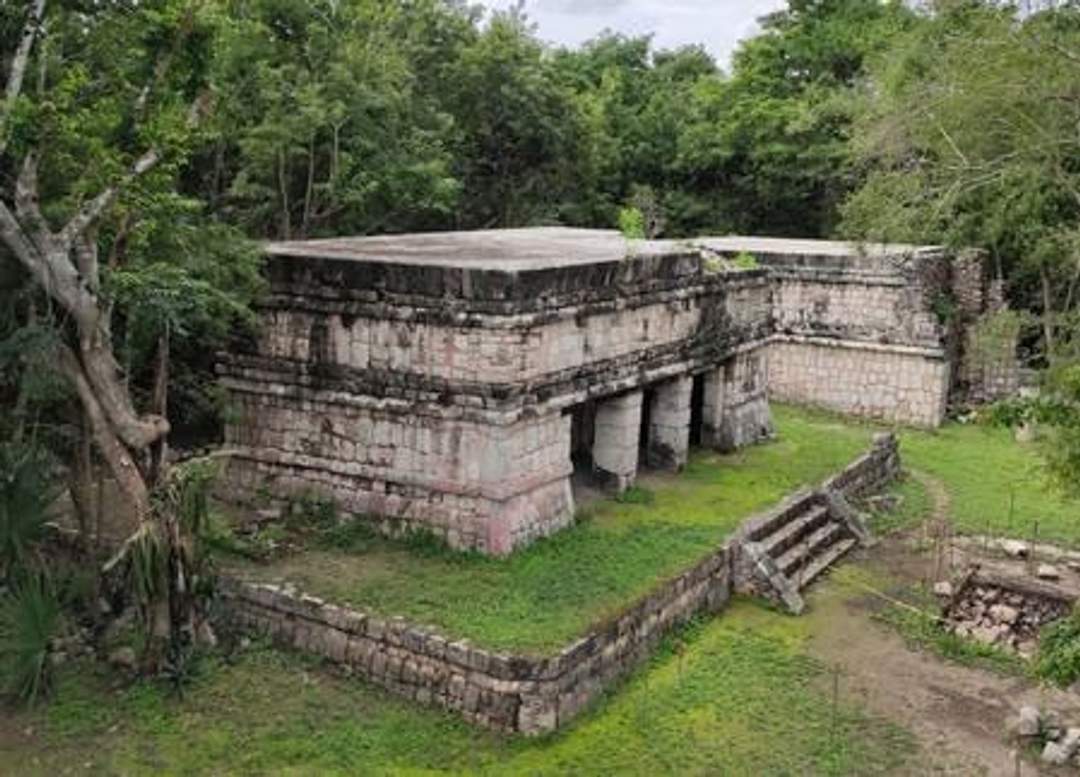
Temple of Columns / Gallery of the Moon
A 32 sq. meter platform with multiple chambers and columns that once supported a flat roof. The capstones of the columns are intricately carved.
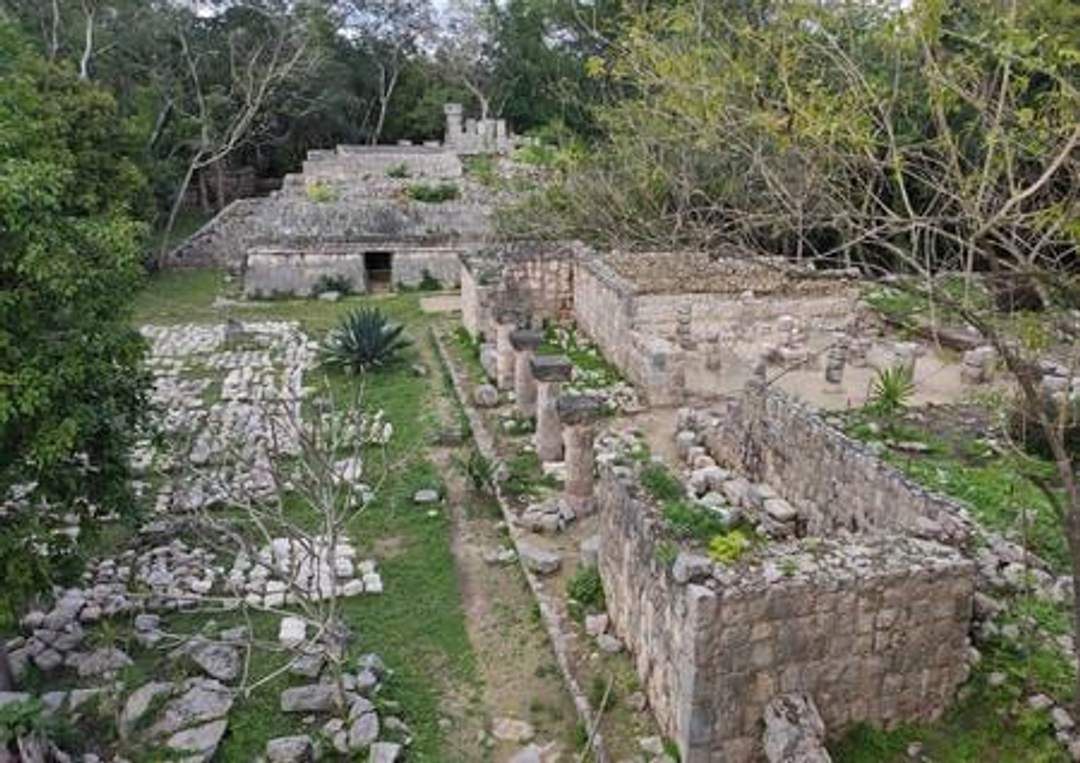
Photo credit: Giovanni Agostino Frassetto
Casa de las Cabacitas
A small structure located on the south side of the North Plaza.

Giovanni Agostino Frassetto
The Gallery of the Monkeys
A long colonnaded gallery extending from a main multi-chambered structure. The structure is named for the depictions of monkeys it contains.
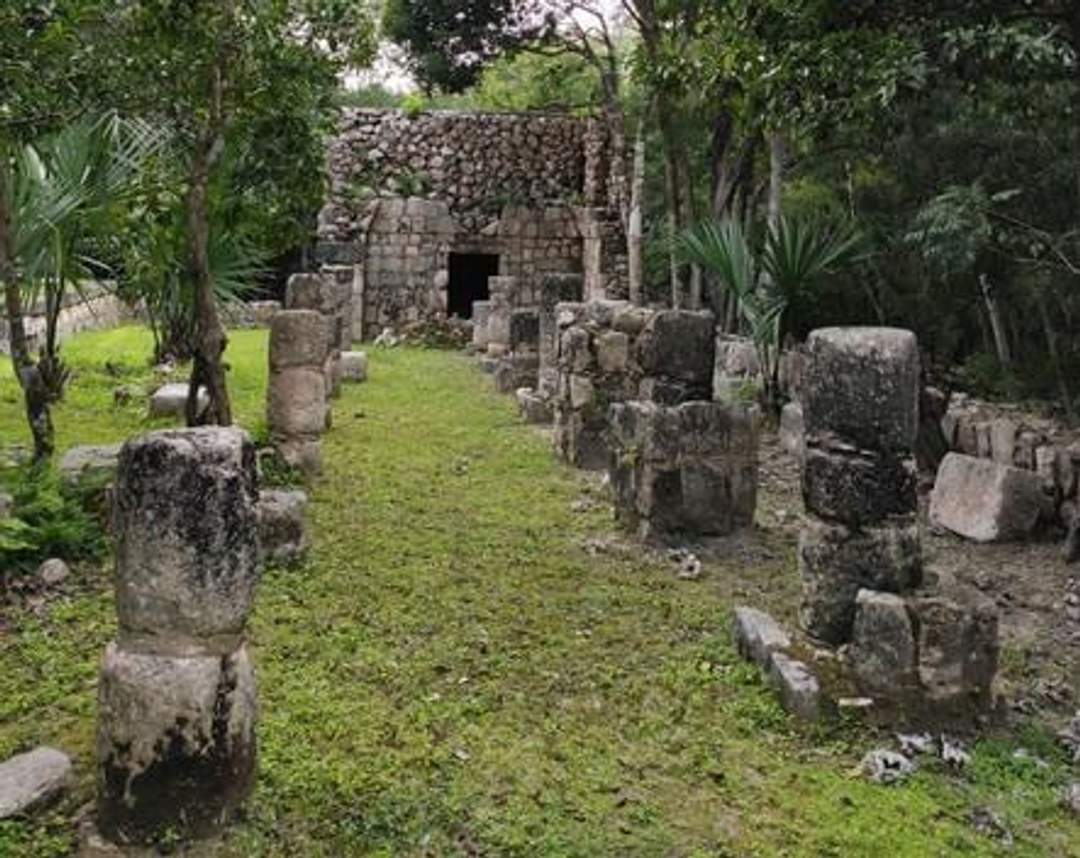
Photo credit: Giovanni Agostino Frassetto
Casa Caracol
Located across the plaza from the Gallery of Monkeys, this structure is a two-story building with corbeled arched roofs, Atlantean columns and an interior courtyard. It also contains a stairway leading to the Temple of Dancing Jaguars.
Temple of the Dancing Jaguars
A temple containing multiple chambers and a twin set of columns.

Photo Credit: Giovanni Agostino Frassetto
House of Phallus
Named for the numerous phallic decorations this multi-chambered structure also contains depictions of self-sacrifice. The complex also contains the House of Atlantean Columns.
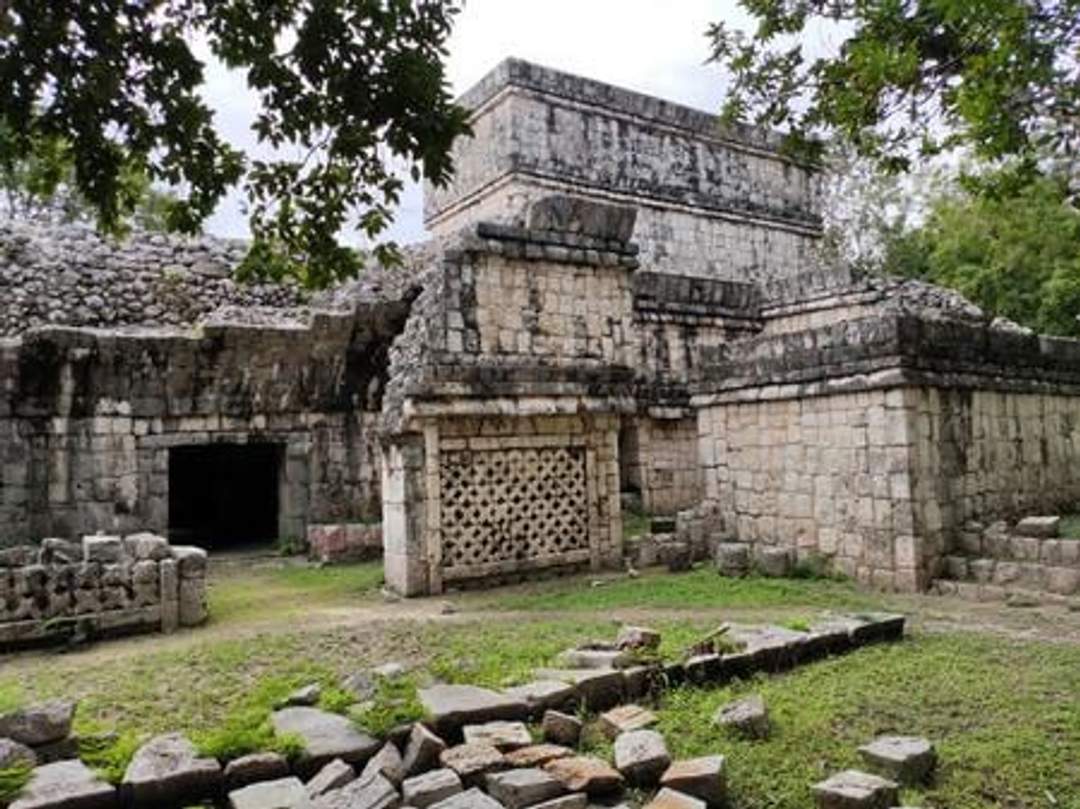
Photo credit: Giovanni Agostino Frassetto

Photo credit: Giovanni Agostino Frassetto
Although Chichen Viejo (Old Chichen) is not currently open to the public, many sites of Chichen Itza can be explored by visitors. Cancun Adventures provides guided tours of Chichen Itza departing from Cancun and Playa del Carmen regularly. If you are looking for a comprehensive tour of the wonders of Chichen Itza, reserve your tour today!
